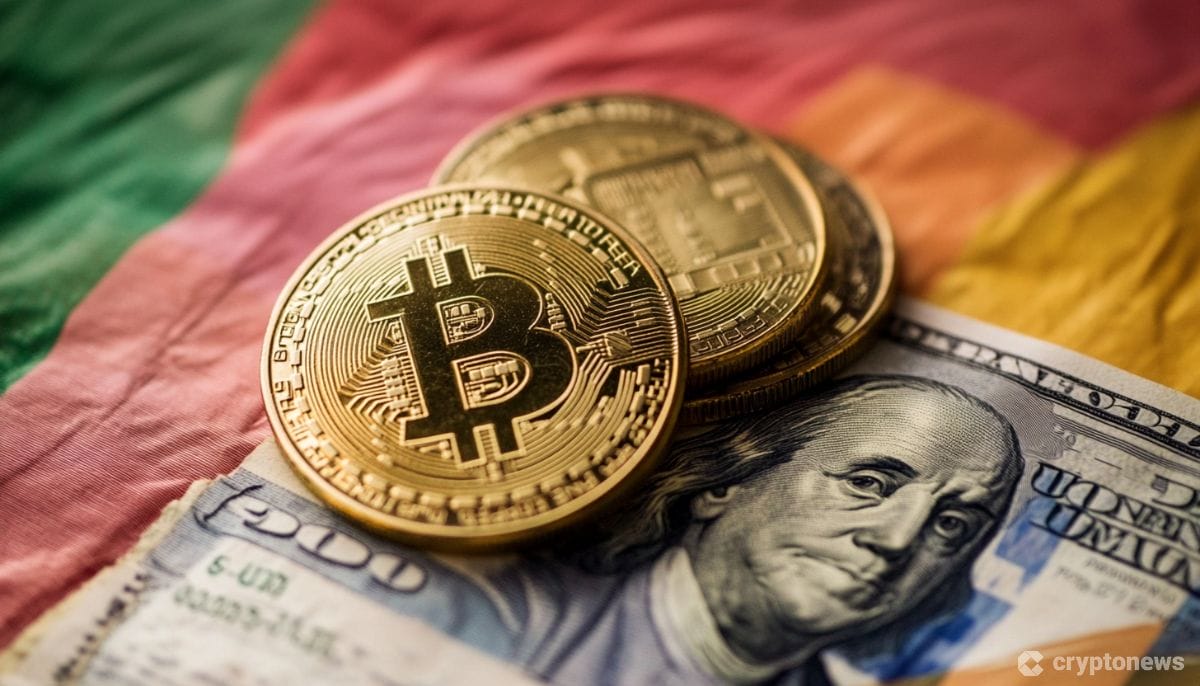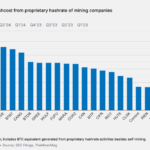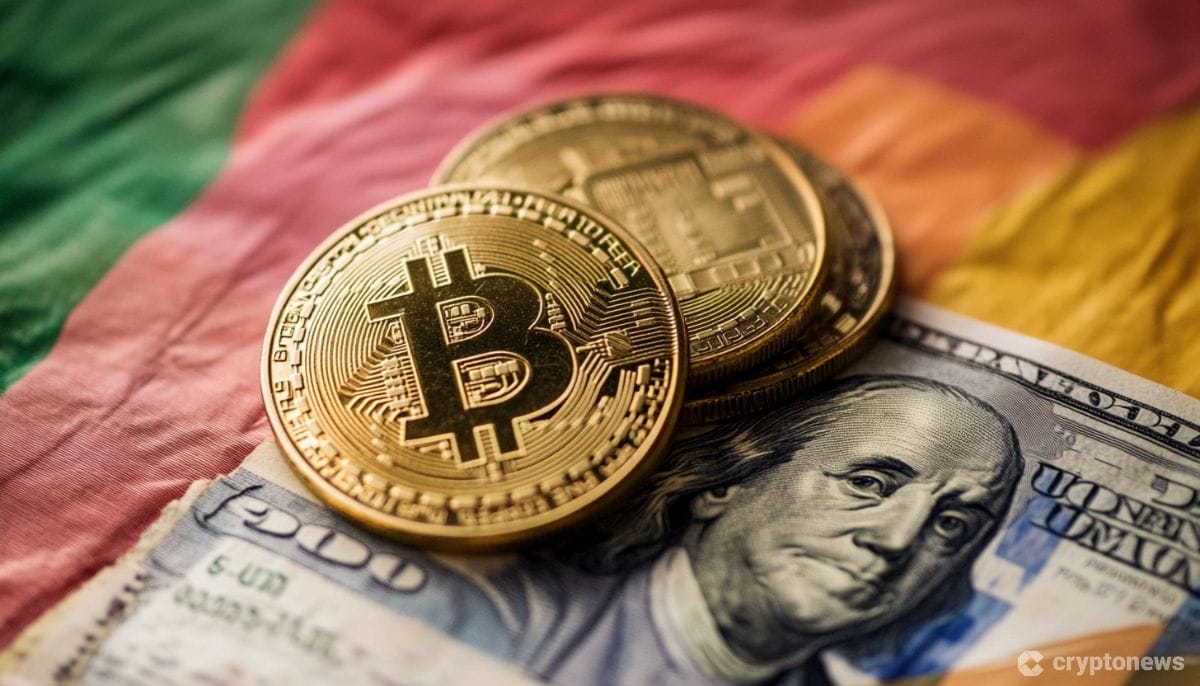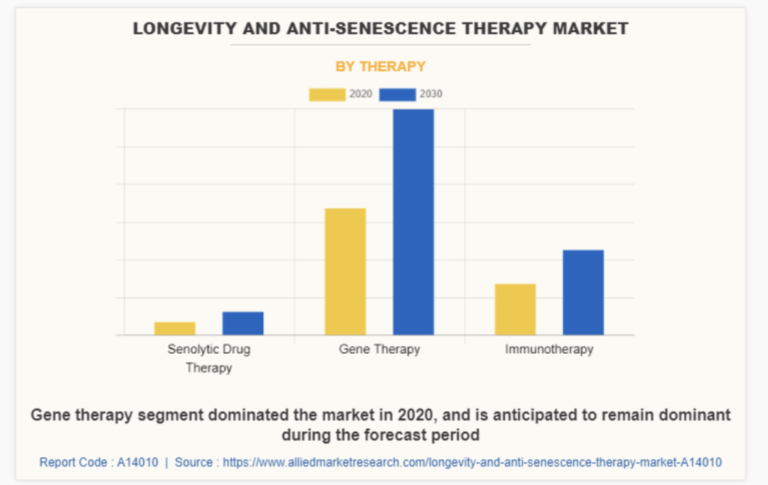Last updated:
 Why Trust Cryptonews
Why Trust Cryptonews

Bolivian bank Banco Bisa has introduced a custody service for Tether’s USDT stablecoin.
The initiative allows clients to buy, sell, and transfer cryptocurrency through the bank, the financial institution said in an official announcement last week.
Per the report, Banco Bisa’s new service enables users to hold their assets, facilitate transactions with relatives, and conduct cross-border payments.
Bolivia Bank Launches Regulated Custody Service
Yvette Espinoza from the Autoridad de Supervisión del Sistema Financiero (ASFI), Bolivia’s financial regulator, said the initiative would help the country allow crypto transactions within a regulated framework.
The move aims to mitigate the risks associated with unregulated crypto interactions.
“This is a custody service that will allow clients to carry out various operations safely, reducing the risk of unsafe interactions in the cryptocurrency market.”
The bank said that the service offers affordable pricing for USDT sales, starting from a minimum of 200 USDT up to a daily limit of 10,000 USDT.
Fees vary between 35 to 100 bolivianos ($5 to $14.5), depending on the amount.
Additionally, transfers to dollar accounts abroad cost 280 bolivianos ($40.5), making it an appealing choice for those using cryptocurrencies for international payments.
Franco Urquidi, the vice president of business at Banco Bisa, revealed that customers would undergo a verification process, which “gives them the peace of mind that their transactions are carried out through secure and reliable channels.”
“The future looks bright for those looking to explore the world of cryptocurrencies in Bolivia.”
Bolivia Changes Stance on Crypto After Initial Ban
In 2014, Bolivia prohibited any currency not issued or regulated by the government, explicitly banning Bitcoin to protect its national currency and citizens from potential financial loss.
However, in June this year, the country lifted its ban on Bitcoin and other cryptocurrencies, permitting financial entities to engage in digital asset transactions.
The decision was made to enhance the economy and align with emerging crypto regulations across Latin America.
Following this regulatory change, the Banco Central de Bolivia reported a staggering 100% increase in virtual asset trading since the ban was lifted, with an average of $15.6 million in crypto transactions occurring monthly between July and September.
While the country has embraced cryptocurrencies, it still lacks a formal tax framework for such transactions.
As reported, Argentina has emerged as the top cryptocurrency market in Latin America, surpassing Brazil in estimated crypto inflows between July 2023 and June 2024.
Argentina’s crypto users deposited a total of $91 billion during this period, edging out Brazil’s $90 billion in total inflows.
The rapid adoption of cryptocurrency in Argentina is closely tied to the country’s ongoing struggle with inflation and the devaluation of its national currency.
Between July 2023 and June 2024, 61.8% of Argentina’s crypto transactions involved stablecoins, compared to Brazil’s 59.8%.
This is well above the global average of 44.7% but slightly below Colombia’s 66%.

















